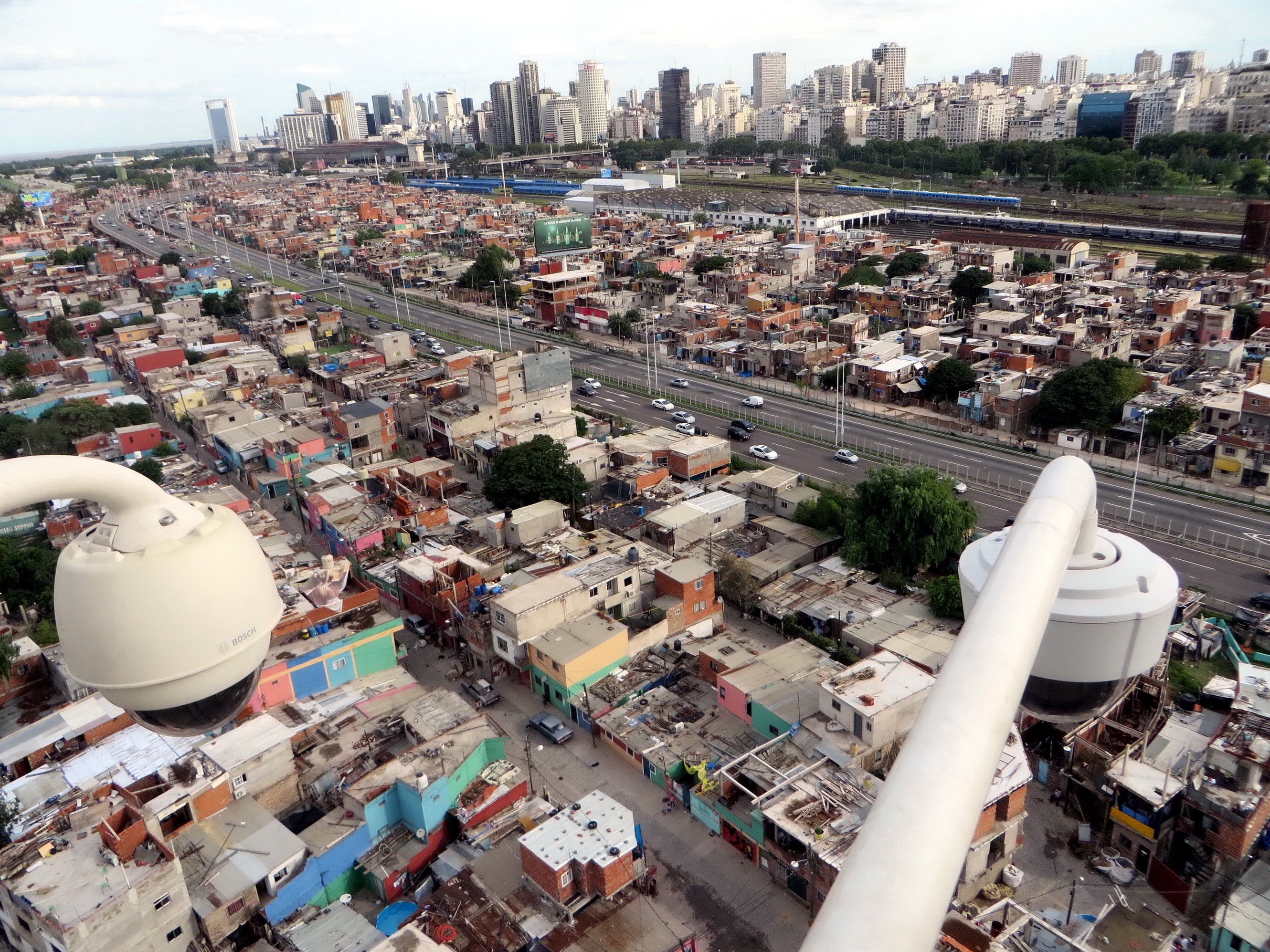
When I first arrived at Villa 31, I could barely see it. It was hidden behind factories and skyscrapers and fully blocked by the main highway. However, after the first visit, I could not forget its narrow streets and broken houses and, like all the residents of Buenos Aires, I came to know that the city’s biggest informal settlement, with 40,000 inhabitants, is located behind the central station.
This neighborhood, which was first established in 1932 by unemployed immigrants, was almost fully destroyed by the government in the late 1970’s, and now grows by 10% a year, is only one example of the growing number of informal settlements across the world and their marginal living conditions. This trend is a result of a global urbanization phenomenon.
As people continue to migrate away from rural areas and into cities, the demand for housing causes people to invade land or old buildings and build their own houses. As a result, the number of people living in informal settlements is skyrocketing and has surpassed 860 million people globally. These areas have different names—they are called “Favelas” in Brazil, “Basti” in India, and “Villas” in Argentina—but they are characterized by similar illnesses. As construction is informal and unguided, these settlements have no formal streets, lack basic infrastructure such as sewage, electricity and drainage, and suffer from the absence of public services such as garbage removal, public transport, and law enforcement. Furthermore, even if these resources are present in some areas, they often tend to be unreliable, poorly maintained, or extremely expensive.
Moreover, these neighborhoods are formed adjacent to formal areas. As in the case of Villa 31, industrialized zones can be seen beside populated shantytowns and organized high-class neighborhoods often exist on the doorstep of marginalized illegal communities. This reality demonstrates how different shades of development can “coexist” in the same geographical district and how unequal and unsustainable the urbanization process can be; unequal as it does not fairly distribute resources or take care of the weak, but rather focuses on social and territorial dimensions, and unsustainable because of its social, economic, and environmental faults that put the whole system at risk.
This phenomenon contradicts basic standards of governance and prevents the fulfillment of basic rights such as access to housing, water supply, and food security. Thus, this trend forces the creation of a new urbanization process that will follow the human rights principles of equality, inclusion, and the rule of law.
In order to achieve this ambitious goal, the faculty of Urbanism in the University of Buenos Aires has introduced the participatory technique of “The Compass.” At first, as the conditions of each informal settlement needed to be learned clearly, this tool defines the characteristics of the designated area and generates information through local surveys, focused interviews, group facilitation, and research. Secondly, it presents the findings in an urban “Compass” with four basic axes – rights; social organization; public services and regulation. Thirdly, this initial diagnosis serves to identify sufficient interventions, prioritize potential projects, and design a prospective plan that becomes the basis of cooperation between the local population, other similar communities, and professional and governmental bodies. Lastly, a formal collaboration between the different sectors is initiated in order to generate a concrete action plan for implementation, a monitoring system for tracking progress, and the distribution of the responsibilities among the different sectors in order to achieve the designated goals.
From my experience in Buenos Aires, it was clear that this tool offers rights, while public institutions are evaluated through the direct local perspective of the citizens. Moreover, as this tool also involves a collaborative process for designing an action plan, it empowers the residents to become decision makers and to take responsibility on the implementation, while it demands that the officials be accountable for their policies. As a result, a new relationship between the government and the citizen is formed and a new form of democracy, one that focuses on community rights and needs, is established.
Together with that, I am looking forward to seeing how this tool will be implemented n Israel. As Israel lacks an official plan for urbanization, this tool can surely help in identifying differences between neighborhoods and designing focused interventions for answering specific needs. Furthermore, this tool can empower local residents on the one hand and initiate cooperation between different sectors on the other. And finally, as marginal communities are often absent from decision making processes, this tool can offer a healthy and inclusive urban planning process, one that will give voice to the often invisible residents of East Jerusalem, Akko, and the Negev, and one that maybe shortly will answer their needs.
Liel Maghen


